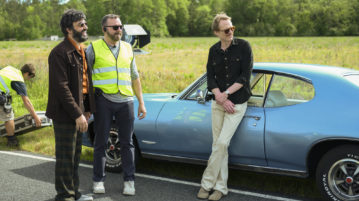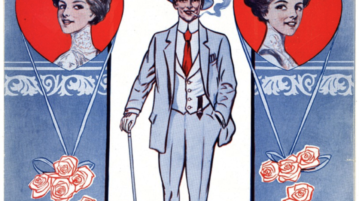
Clubbing Family Values
TO ANY LGBT PERSON who isn’t accepted enough in their formative years, here’s the drill: you simply wait it out, and eventually find some real family—in the community, in the nightlife, or simply in the world of like-minded adults. That’s when you’ll emerge into your complete acceptance, leading to a worry-free rest of your life spent being validated by your loving peers. So says the fairy tale. But what happens when the new family you enter into turns out to be as flawed as your old one?
More








